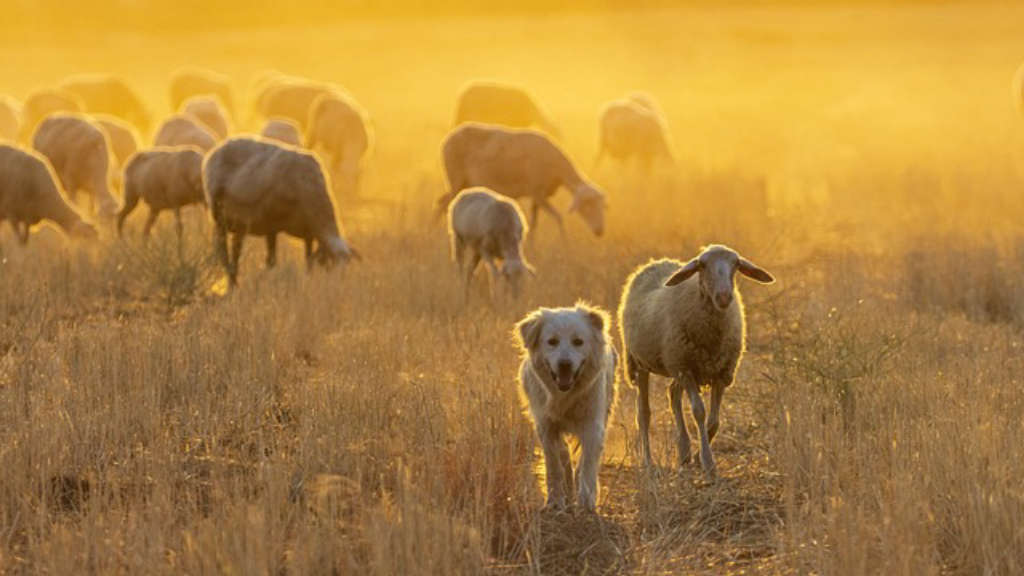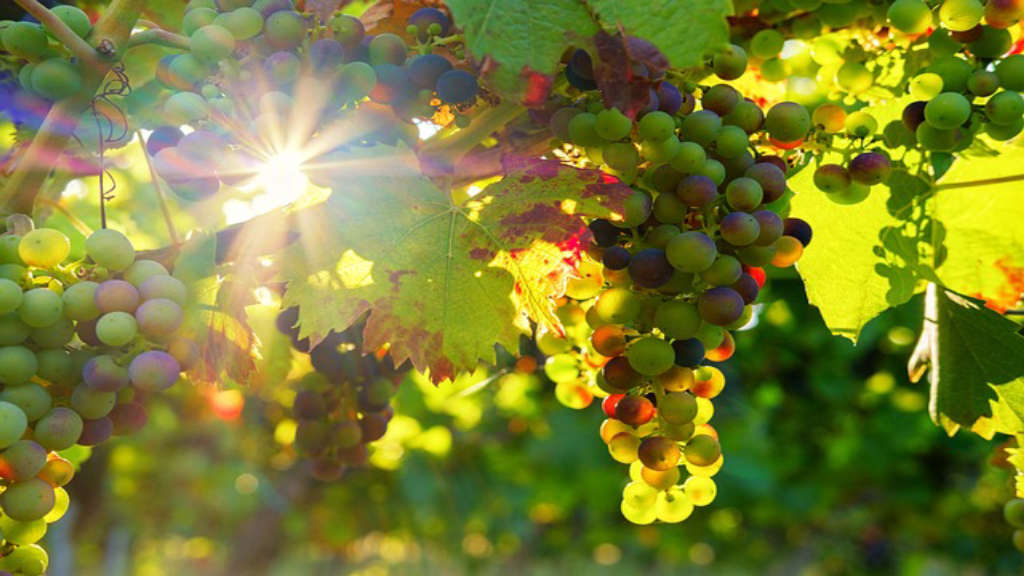Farming has evolved into an intricate tapestry, woven with various methodologies and philosophies. As we delve deeper into the world of agriculture, we uncover a plethora of diverse and innovative types of farm practices that reshape the landscape of food production. Each practice not only reflects a response to environmental changes but also embraces the challenges posed by our modern world. This exploration invites us to appreciate the richness of farming traditions while opening doors to sustainable future practices.
Main Points
- Understanding sustainable farming as a crucial aspect of modern agriculture.
- Exploring different types of farm practices that promote biodiversity.
- Examining the role of technology in transforming traditional farming methods.
- Discussing community-supported agriculture and its impact on local economies.

Sustainable Farming Methods: Cultivating a Greener Future
The urgency of addressing climate change has led to a renaissance in agricultural practices. As we face the pressing need for environmental conservation, using sustainable farming methods provides an innovative solution. This approach not only emphasizes efficiency but also seeks to maintain ecological balance. By integrating sustainability into farming, we can cultivate a greener future for generations to come.
The Principles of Sustainable Farming
At its core, sustainable farming is about producing food in a way that is environmentally friendly, socially equitable, and economically viable. This triad of principles underpins various practices aimed at minimizing detrimental effects on the environment. Here are some essential principles:
- Crop Rotation: This involves alternating different crops in the same field across seasons. It helps to improve soil health and reduce pest buildup.
- Agroforestry: Integrating trees and shrubs into agricultural land enhances biodiversity and can provide additional income through forest products.
- Organic Farming: This method avoids synthetic fertilizers and pesticides, relying on natural inputs like compost and biofertilizers, ensuring the soil’s health.
- Conservation Tillage: Minimizing soil disturbance ensures that soil structure and quality remain intact, thus supporting better moisture retention and reducing erosion.
- Integrated Pest Management (IPM): This strategy combines biological control and sustainable practices, significantly reducing reliance on chemical pesticides.
The Benefits of Sustainable Practices
Implementing these methods yields numerous benefits—not just for the environment but also for farmers and consumers alike. This holistic approach can lead to improved crop yields and better-quality produce, which are vital in today’s market demands. Also, sustainable practices foster a healthier ecosystem, ensuring that various species thrive alongside cultivated plants.
However, challenges remain. Farmers often face initial costs for transitioning to sustainable systems. A shift in mindset is needed across all sectors of society. Because of the complexity of natural systems, it can be bewildering to navigate the best practices for every region or crop type. Nevertheless, many farmers find that the long-term gains greatly outweigh the immediate hurdles.
Looking Ahead: A Collaborative Effort
To truly cultivate a greener future, collaboration among farmers, researchers, and policymakers is critical. Educational programs highlighting best practices in sustainable farming can empower farmers. Additionally, policy changes might be necessary to make sustainable options more accessible and economically viable.
As we embrace these methods, we need to remind ourselves of our shared responsibility. Each choice we make contributes to the landscape that future generations will inherit. Therefore, adopting sustainable farming methods isn’t just an option; it’s an obligation.
By continuing to promote and implement these principles, we can ensure a thriving planet, rich in biodiversity and resources. Let us work together to make sustainable farming a standard practice, weeding out the inefficiencies of the past and planting the seeds for a brighter, greener tomorrow.

Agroecology: Harnessing Nature’s Potential for Innovative Agricultural Solutions
In an era marked by rapid environmental changes and a growing global population, the search for sustainable agricultural practices becomes increasingly critical. Agroecology emerges as a beacon of hope, offering a holistic approach that harmonizes agricultural production with ecological principles. This discipline integrates the knowledge from traditional farming practices with modern scientific insights to create sustainable food systems. Yet, what exactly does agroecology encompass, and how can it pave the way for innovative agricultural solutions?
What is Agroecology?
Agroecology can be defined as the study of ecological processes applied to agricultural production systems. It emphasizes diversity in crop and livestock systems while utilizing natural processes to improve productivity. Unlike conventional farming, which often relies heavily on chemical inputs, agroecology promotes practices such as crop rotation, intercropping, and organic fertilizers. These methods not only boost soil health but also enhance biodiversity, providing a balance that nature inherently knows.
The Benefits of Agroecology
One of the most substantial advantages of agroecology lies in its potential to increase resilience against climate change. By fostering biodiversity, agroecological systems can better withstand extreme weather conditions. For instance, research indicates that diverse cropping systems tend to perform better during droughts compared to monocultures. Additionally, agroecology encourages local food production, reducing reliance on long supply chains. This not only supports local economies but also minimizes carbon footprints associated with transportation.
| Agroecological Practices | Benefits |
|---|---|
| Crop Rotation | Promotes soil health and reduces pest cycles. |
| Intercropping | Enhances biodiversity and increases yields. |
| Organic Fertilizers | Improves soil nutrient levels without harmful chemicals. |
Challenges and Considerations
While the imperatives of agroecology are compelling, challenges do exist. Transitioning from conventional to agroecological practices often requires significant changes in management and mindset. Farmers may be hesitant to adopt new methods that deviate from established norms, especially when immediate results are not apparent. Moreover, understanding the intricate relationships within ecosystems can be daunting. Sustainable development doesn’t manifest overnight; it requires patience, education, and sometimes, trial and error.
In conclusion, agroecology stands as a promising approach to addressing some of the most pressing challenges in agriculture today. By tapping into the wisdom of nature and combining it with innovative practices, we can pave the way for a more sustainable future. Embracing agroecological principles not only enhances food security but also safeguards the planet for generations to come. As we navigate the complexities ahead, the potential of agroecology offers a pathway that is both hopeful and essential.

Technological Advancements in Farming: Revolutionizing Practices for Higher Yields and Efficiency
In recent years, the agricultural landscape has undergone a profound transformation, driven by incredible technological advancements. These innovations have not only revolutionized farming practices but have also paved the way for achieving higher yields and enhanced efficiency. Farmers today are equipped with tools that were unimaginable a few decades ago, allowing them to adapt quickly to the demands of a changing world. However, this rapid evolution raises some intriguing questions about the future of agriculture.
The Role of Precision Agriculture
One of the most significant developments in modern agriculture is precision agriculture. This approach uses cutting-edge technology to analyze data collected from various sources, enabling farmers to make informed decisions. For instance, GPS technology and drones help in meticulously mapping fields, identifying soil health, and determining the optimal time for planting and harvesting. Yet, while these tools enhance productivity, they also introduce a level of complexity that can be daunting for traditional farmers. Consequently, the question arises: are we improving the practice of farming, or are we simply complicating it?
Automation and Robotics: A Double-Edged Sword
Automation is another key player in this transformation. Robotic systems are becoming increasingly common, performing tasks that once required human labor. From planting seeds to harvesting crops, these machines promise to streamline operations and reduce costs. Nevertheless, the integration of robotics occasionally leads to concerns about job displacement. Will technology eventually replace skilled laborers, or will it create new opportunities in agriculture? The future remains uncertain, yet the potential for increased efficiency is undeniable.
Biotechnology: Enhancing Resilience and Sustainability
Biotechnology also plays a crucial role in the evolution of farming practices. Genetically modified organisms (GMOs) have emerged as a response to the challenges posed by climate change and pests. By developing crops that are more resistant to diseases or can thrive in less-than-ideal conditions, farmers can secure their yields even in adverse situations. However, public perception of GMOs often sparks heated debates. How do we balance the benefits of increased crop production with the ethical considerations surrounding genetically modified foods? This dilemma adds yet another layer of complexity to the agricultural narrative.
Data Analytics and Its Impacts
Furthermore, the use of data analytics in farming has gained traction, as farmers seek to optimize every aspect of their operations. By analyzing historical data and market trends, they can predict outcomes and make strategic decisions that were once based solely on intuition. Yet, this reliance on data can create a paradox: while farmers can achieve remarkable results, there is also a risk of over-reliance on technology at the expense of traditional knowledge. Is data-driven farming the key to success or merely a trend that may lead to unforeseen issues?
In conclusion, technological advancements in farming are undeniably reshaping the industry, introducing innovative practices that promise higher yields and efficiency. But within this transformation lies a myriad of questions that challenge our understanding of what it means to be a farmer today. As technology continues to evolve, the agriculture sector must be vigilant, balancing progress with the preservation of core values. Ultimately, the path forward will depend on our ability to navigate these complexities while pursuing sustainable and responsible agricultural practices.
Conclusion
In conclusion, exploring various types of farm practices reveals the intricate relationship between agriculture and sustainability. Each method offers unique benefits and challenges. Embracing these practices can significantly impact our environment and food systems positively. We must recognize the importance of informed decisions in farming techniques. By doing so, we not only enhance productivity but also contribute to a more sustainable future. Transitioning to better practices is essential for thriving ecosystems and communities. Ultimately, our choices today will shape the agricultural landscape of tomorrow.
Frequently Asked Questions
What are the main types of farming practices?
The main types of farming practices include conventional farming, organic farming, precision farming, agroecology, and sustainable farming.
How does organic farming differ from conventional farming?
Organic farming avoids the use of synthetic fertilizers and pesticides, focusing instead on natural processes and materials, while conventional farming may use these chemicals to enhance crop yield.
What are the benefits of sustainable farming practices?
Sustainable farming practices promote environmental health, enhance soil quality, conserve water, reduce pollution, and support local ecosystems, leading to a more resilient agricultural system.